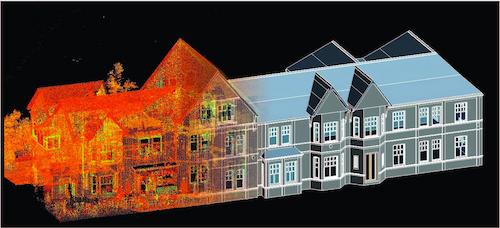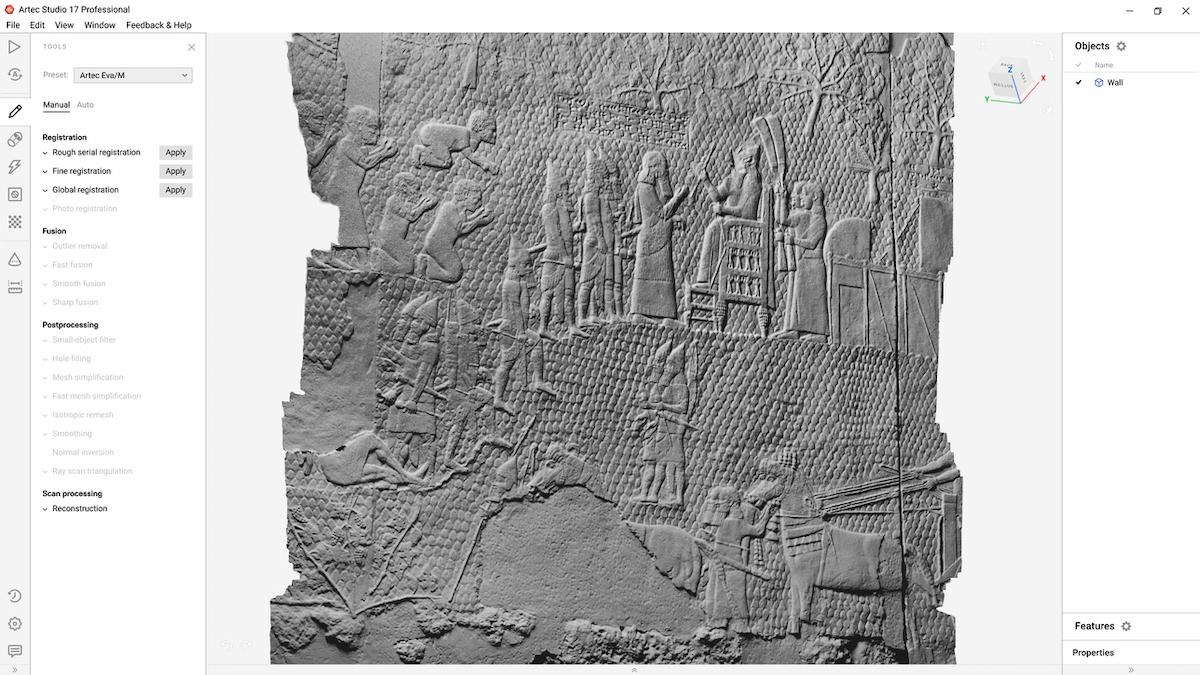Canada has a long and rich history shaped by diverse cultures, resulting in numerous technical and architectural marvels. However, urbanization and natural forces threaten to erase these physical reminders of Canada’s heritage. Technology like 3D scanning is now among the most advanced methods for conservation. In this article, we explore how 3D scanning is helping to preserve the historical landmarks of Vancouver, BC, ensuring that their architectural beauty can be appreciated by future generations.
Why Historical Preservation is Important
Preserving the past is crucial for maintaining cultural identity and helping future generations understand their heritage. Historical landmarks allow people to connect with their city’s origins and its role in shaping local, regional, and national culture. However, over time, natural elements, human actions, and urban sprawl threaten these physical reminders of history. In Vancouver, landmarks like the Gastown Steam Clock and Christ Church Cathedral help define the city’s unique identity and should be preserved to ensure this heritage endures.
How does it work?
Through 3D scanning, a historical landmark can be digitally captured in its current state, essentially ‘frozen in time’ as a digital file. These files can be stored, examined, and even 3D printed, providing a range of uses. Architects, artists, historians, and preservation specialists can reference these digital models for inspiration, research, and restoration projects.
Various 3D scanning methods offer distinct advantages. Structured light scanners, for instance, capture fine details with high precision, making them ideal for intricate areas. Photogrammetry, on the other hand, is suited for covering large areas and hard-to-reach spots, offering a broad yet detailed perspective.
Benefits of 3D scanning for Recording History
Accurate Documentation

In the past, history was recorded orally and portrayed with artistic interpretation. As time progressed, history was documented in writing, sketches and more realistic artwork has captured people and objects with greater accuracy and detail. The modern era has made color cameras ubiquitous and colorful pictures and documentary videos are readily available. Now, the near future is paving the way at having 3D scan models which can be inspected and explored by more and more people virtually, in both AR and VR environments and applications. These 3D scans offer millimeter precision, capturing intricate details that may be missing from old, missing, or nonexistent blueprints. For older buildings such as the Marine Tower, a 3D scan can reveal many details that are hard to document on paper.
Damage Prevention
Applying 3D scanning enables conservationists to gather information in a non-contact, non-destructive way, reducing the risk of damage during inspection and documentation. Existing damage can be digitally analyzed, allowing for preventative measures to further protect landmarks and monuments in the future. Heritage sites like the Burnaby Village Museum and Fort Langley can be safely and sustainably documented through non-contact 3D scanning, capturing history without compromise.
Restoration and Reconstruction
Vancouver is situated near the Cascadia Subduction Zone, and is vulnerable to earthquakes and other natural disasters. Creating and cataloging 3D scans of the city’s architecture allows any restorations to be in accordance to the original design in the unfortunate case repairs are necessary. Scanning existing damage allows construction teams to be able to digitally analyze potentially hazardous conditions and lay out plans to properly rebuild. Documenting as 3D these culturally significant buildings in Vancouver such as the Vancouver Art Gallery and the Roedde House Museum and their contents help ensure historical preservation.
Education and Disabled Enrichment
Modernizing classrooms with AR and VR tools allows for new and unique ways for students to learn. Visual and kinematic learners are able to virtually explore 3D scanned environments of historical places, buildings and landmarks and learn about history in ways that best suit them. Those who are disabled and cannot travel or navigate old structures will be able to effortlessly visit unique and remote spaces in these virtual environments, increasing their engagement and knowledge.
Digital tourism is a new and growing trend, allowing for more tourist traffic and exploration, without the added congestion and noise typical tourist traffic adds. AR and VR tools allow people from all over the world learn more about a city and its heritage.
Art and Culture
Art and culture are built upon the past and link the past to us today. Modern movies often seek real life environments and items for their film locations and props. With 3D scanning, the film industry can create realistic movies and media without needing to close off areas, restrict local movement, or risk possible damage to existing buildings and structures. Virtual CGI battles can be destructive and immersive, without risking pyrotechnic explosions and possible damage to historically important elements. These 3D scans can also be used within the video game industry, presenting real life locations and high detailed models for players to explore and play in.
Conclusion: The Future of Historical Preservation
Using 3D scanning, Vancouver, and many other places, can be captured as is to help preserve the heritage and culture these places have to offer. Highly accurate 3D scans help document unique and rare details that would be lost otherwise. The potential destruction by natural disasters or human action threatens the loss of history, but valuable information can be recorded in a 3D scan and restoration can efficiently carried out. Historical landmarks and cultural spaces as 3D models allow people to study and learn better and easier, whether in the classroom or through virtual tourism. Different industries such as film and television can utilize 3D scans to help create virtual sets allowing for new and unique filming opportunities which may be unavailable in real physical sets. Older and less known historical buildings gain a new life in the digital realm as 3D scanned models. A 3D scan can not only preserve history, but make the new generation learn about it, recognize it in media and cherish it, allowing for it to be preserved and protected in an intelligent and sustainable way.

